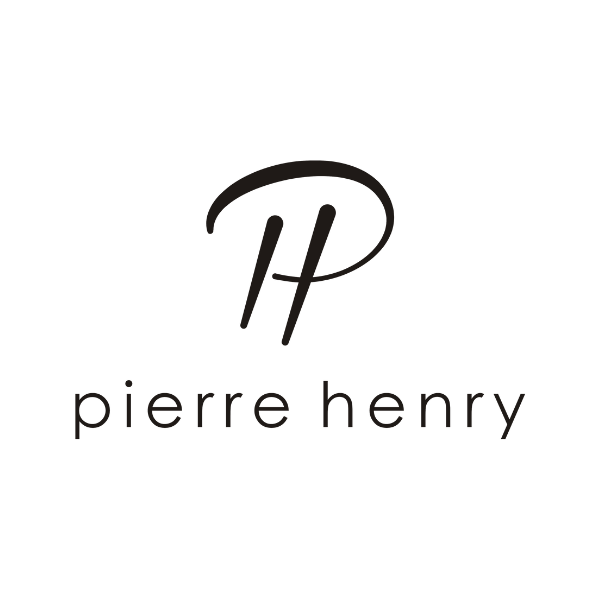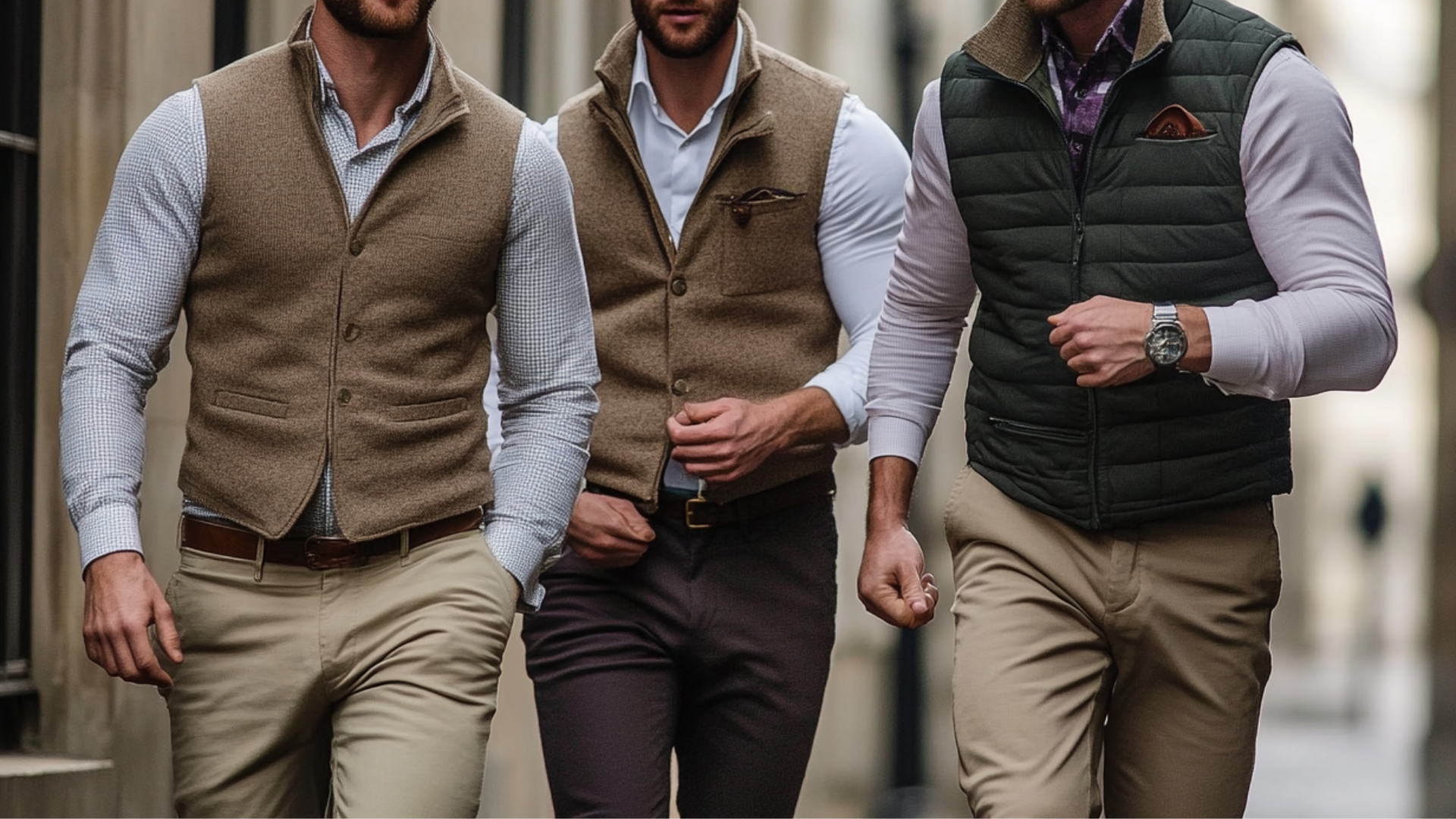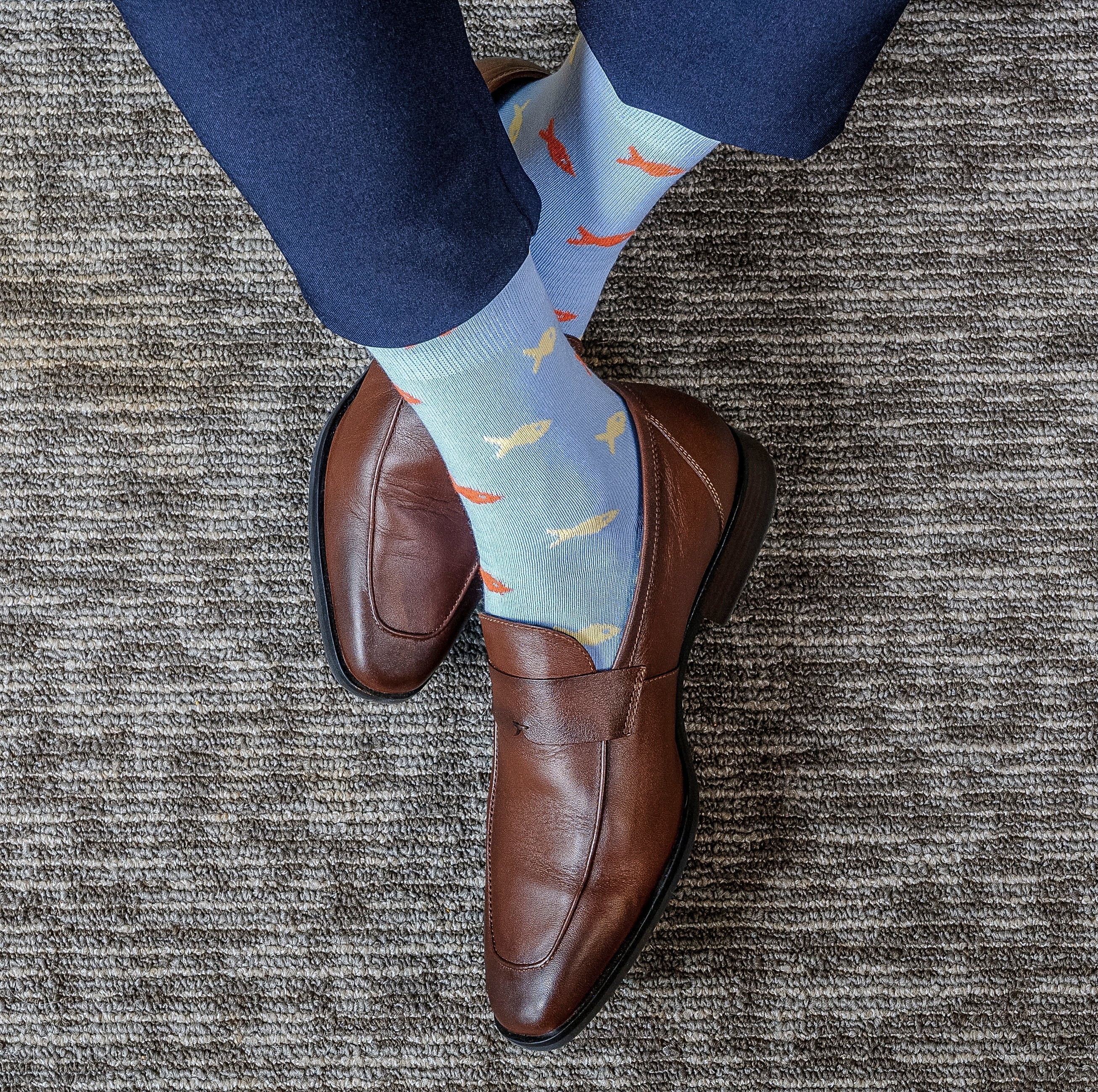What’s the Color Palette of Classic Menswear?
When you think of classic menswear, certain images come to mind: sharp suits, clean lines, and a color palette that feels timeless. But what exactly are those colors—and why do they work so well?
In this guide, I’ll walk you through the core shades that make up the foundation of classic men’s style. Whether you’re building a capsule wardrobe or refining your existing look, understanding these tones will help you dress with confidence—and without overthinking it.
The Timeless Neutrals
These are the building blocks of any classic wardrobe. They go with everything, age well, and never go out of style.
- Navy: The most versatile color in menswear. Works for suits, sweaters, outerwear—you name it.
- Charcoal Grey: Slightly more formal than navy, great for workwear and winter tailoring.
- Beige / Camel: Perfect for warmer seasons, lightweight outerwear, and casual separates.
- White and Off-White: Crisp, clean, and ideal for shirts, t-shirts, and summer pieces.
- Black: Sharp and elegant, but best used selectively (formalwear, leather, or accents).

The Supporting Earth Tones
Earth tones bring warmth and depth. They're classic but add a touch of personality and texture.
- Olive Green: Understated and masculine, great for jackets, trousers, and knitwear.
- Brown: Ranges from light tan to deep chocolate—perfect for shoes, belts, and textured fabrics like corduroy or tweed.
- Burgundy: A subtle way to add color without being flashy. Ideal for ties, socks, or sweaters.
- Rust / Burnt Orange: Best for fall layering or accessories. Adds vintage vibes with ease.
Accent Colors: Use Sparingly, Use Well
Accent shades are not part of the everyday foundation, but they’re perfect when you want to inject some energy or contrast into your outfit.
- Forest Green or Deep Blue: A refined alternative to traditional navy.
- Mustard Yellow: Best in small doses—like socks or a knit scarf.
- Muted Reds / Soft Pinks: Great for summer shirts or layered under a blazer.
How to Build a Wardrobe Around These Colors
Here’s a quick tip: stick to neutral and earth tones for your main pieces (pants, jackets, shirts), and use brighter or bolder colors for accents like socks, ties, or pocket squares.
- Start with navy, grey, and white basics: These will be the core of your outfits.
- Add layers in earth tones: Think green jackets, brown boots, or beige trousers.
- Use color to express yourself through accessories: A pair of burgundy socks or a mustard beanie goes a long way.
Final Thoughts: Less is More
The beauty of classic menswear is in its simplicity. You don’t need a closet full of colors to be stylish—you just need the right ones. Stick to these timeless shades, and your outfits will always look intentional, balanced, and refined.
And if you’re looking for the easiest way to experiment with color—try it with your socks. They’re small, they’re expressive, and they speak volumes about your attention to detail.





Leave a comment
All comments are moderated before being published.
This site is protected by hCaptcha and the hCaptcha Privacy Policy and Terms of Service apply.